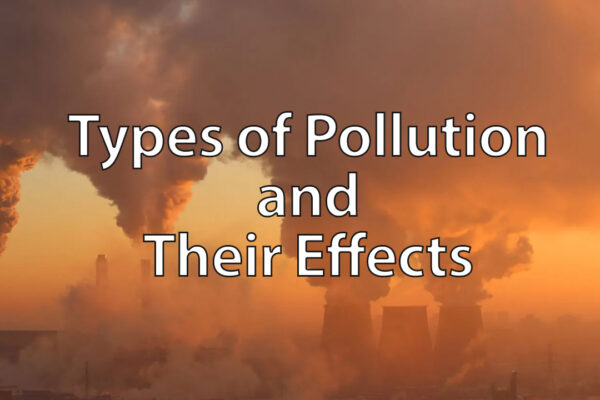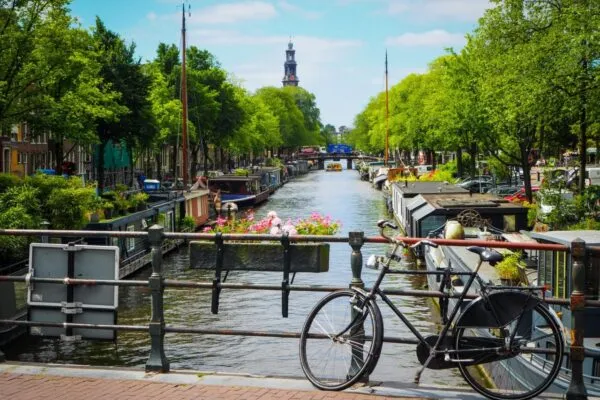Stubble Burning in North India Causes Severe Air Pollution in Delhi
As the monsoon withdraws, the national capital of India is falling under a shroud of smog. In the past week, the air quality of Delhi has dropped down into the ‘severe’ or ‘very poor’ category with 301-400 ratings on Air Quality Index (AQI). The particulate matter (PM) 2.5 is the primary pollutant along with nitrogen dioxide, Sulphur dioxide and carbon monoxide.
The AQI between 0-50 is considered ‘good’, 51-100 is ‘satisfactory’, 101-200 is rated as ‘moderate’, ratings between 201-300 are ‘poor’, 301-400 is ‘very poor’ and air quality ranking between 401-500 is marked as ‘severe’.
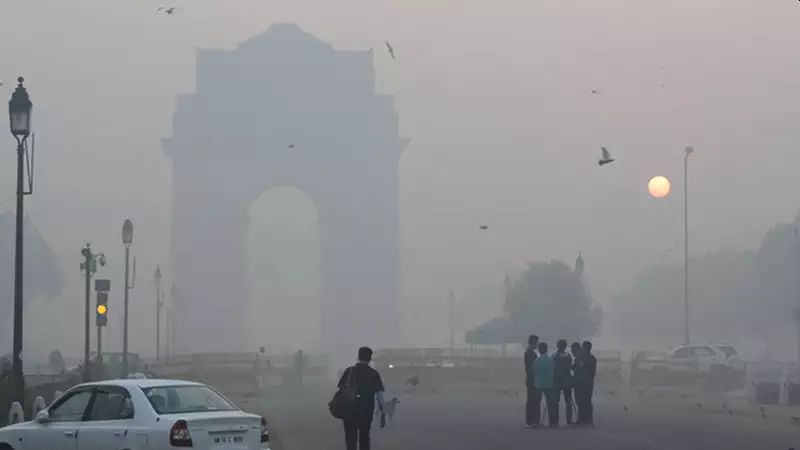
Image: Economic Times
Contributing Factors
According to the center government-run System of Air Quality and Weather Forecasting and Research (SAFAR), stubble burning in the neighboring states is the major cause of the polluted air in Delhi. While the air quality of some areas in Delhi was rated as ‘unhealthy’ with 201-300 ratings on AQI, many were marked under the ‘severe’ category with various hazardous pollutants present in the air.
In the month of October, the farmers in Punjab, Haryana, and Uttar Pradesh burn the crop residue to prepare for the next sowing season. In 2015, the National Green Tribunal banned the burning of crop residue in these states that lead to poor air quality in and around these regions.
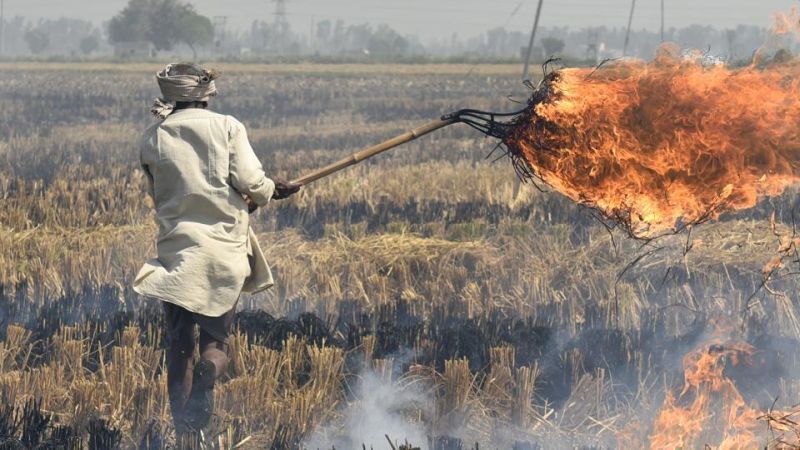
Image: Hindustan Times
The ban seems to have very little effect as NASA’s Fire Information for Resource Management System (FIRMS) released images of several farm fires from Punjab and Haryana, showing crop residue burning as the cause of air pollution. The northwesterly winds, coming from these states are held responsible for bringing the pollution to the national capital.
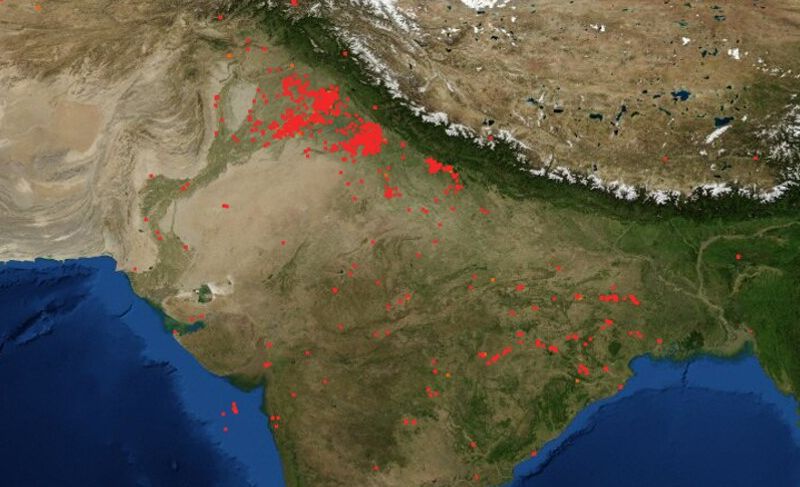
Image: NASA FIRMS
The scientists at the Indian Institute of Tropical Meteorology (IITM) said that there has been a three-fold increase in farm fires around Delhi in the last couple of days. The IITM recorded 12 fires on October 7, which rose to 46 the next day, 146 on October 11, and 172 on October 12.
Measures Taken to Tackle the Situation
Delhi government is blaming neighboring states for the deteriorating air quality and urged them to reduce the pollution. Meanwhile, the government has implemented the Graded Response Action Plan (GRAP) from October 15, which lists measures to curb the severity of the situation. Prepared by Central Pollution Board and first implemented in Delhi-NCR in 2017, GRAP implies stricter measures against the use of private vehicles on roads, diesel generators, brick kilns and stone crushers.
The measures to be followed in the “emergency” situation include stopping the entry of trucks in Delhi, ban on construction and introduction of the odd-even car rationing scheme. The violation of GRAP will be charged with heavy fines. Those who were found violating the plan were issued challans, served notices and also arrested.
The cities around Delhi are also suffering from poor air quality. The air quality in Ahmedabad, in Gujarat, is ‘unhealthy’, while Pune, Kolkata and Mumbai are suffering from ‘poor’ air quality. Hyderabad and Bengaluru are in the ‘moderate’ category, whereas Chennai is in the ‘good’ category.
The air pollution is causing many health problems in the people residing in the national capital. Heart problems and lung cancer have become common issues in the already unhealthy situation of Delhi. Living in the world’s most polluted cities is impossible for people battling with such diseases.
However, the authorities are doing their best to tackle the choking situation that has emerged in Delhi, the government needs to prepare for the upcoming festivities. Diwali is just days ahead and the burning of firecrackers will worsen the current situation even further.
